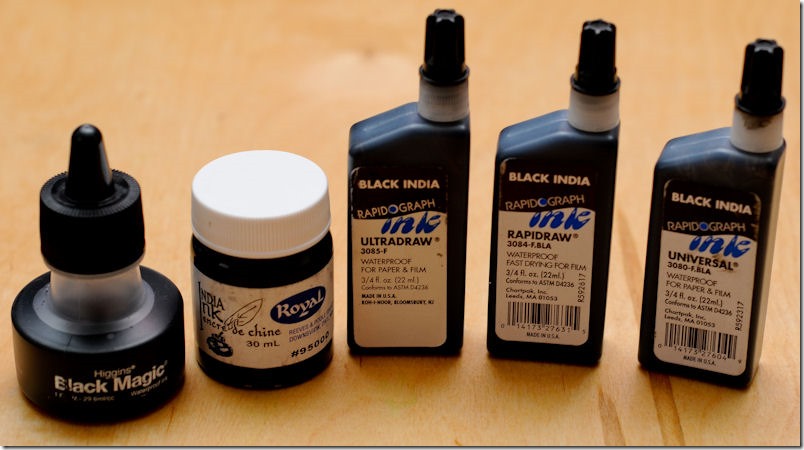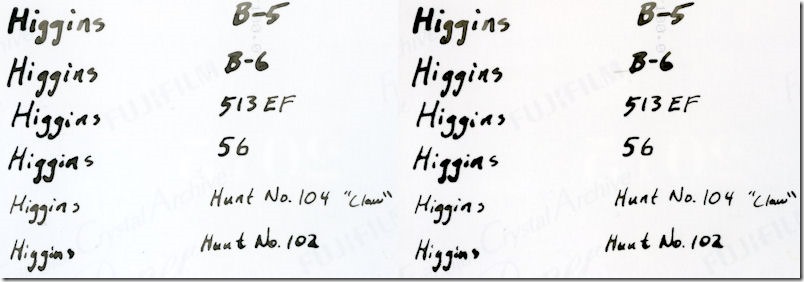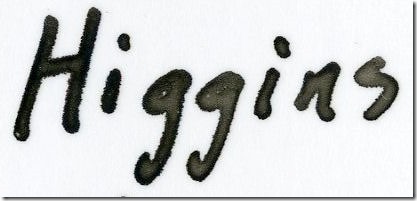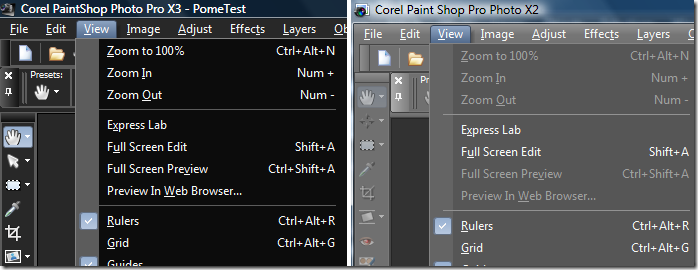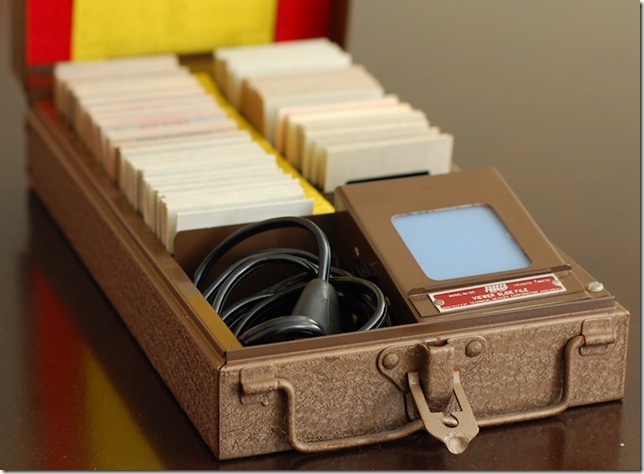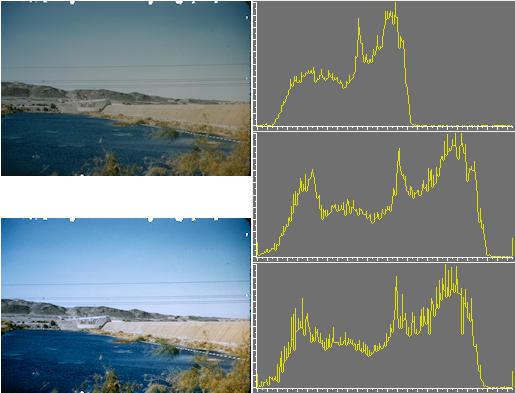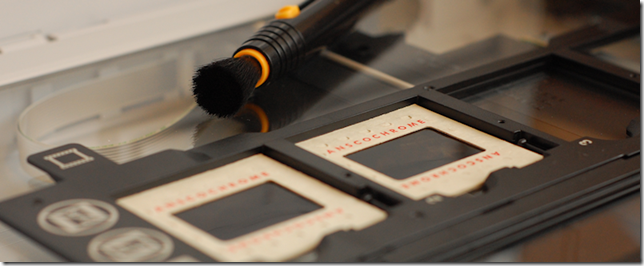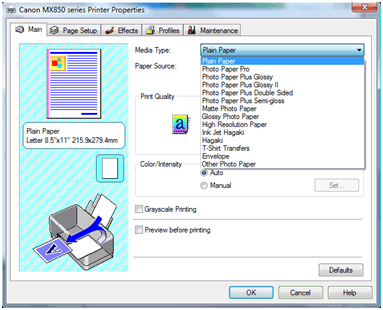Quick Recommendation
Speedball B-5 nib
Rapidraw 3084-F or Reeves & Poole India Ink
The best solution I have found for writing on the back of plastic-coated photos, like those from Costco or most modern developers, is drafting ink. It would seem the inks are usually archival even though the paper is not. The writing is actually readable. When the ink is applied correctly it can be handled without risk of smearing in as little as a few minutes.
If you can’t stand my dip pen solution, more details are available here, where I recommended the Zig Millenium (blotted) or the Zig Photo Signature. The problem with drafting inks is that they cannot be applied with a Bic pen. The inks can by applied with technical pens or with dip pens. Technical pens are a delight, you can cap them—or rather you must cap them. They dry out and clog the pen if not cleaned properly. They are difficult to clean too.
When I’m writing on photos, I tend to do a batch at once, and then none for weeks. Filling a technical pen and cleaning it for an hour’s use is unsatisfying. The alternative to technical pens is the dip pen. Not all dip pens are created equally, or at least not for the same purpose. I had purchased a set of drawing nibs at the local hobby shop thinking I was all set. However, the drawing nibs left puddles of ink on, snagged, and spattered. The photo below shows the bumps and still-wet pools of ink when using some nibs and the smooth, even writing from others.
Different nibs, obviously, perform differently. I thought perhaps different inks would too, and set about to test the pair. A well-performing ink-and-nib combination should
- apply legibly without spatter
- leave writing that does not smear after a few minutes
- be convenient to use
Three simple criteria. Five inks. Six nibs.
- Higgins Black Magic (probably latex based) (left)
- Reeves & Poole India Ink (shellac based)
- Rapidograph Ultradraw 3085-F (acrylic or latex based)
- Rapidograph Rapidraw 3084-F (acrylic or latex based)
- Rapidograph Universal 3080-F (acrylic or latex based)
- Hunt No. 104 (left)
- Hunt No. 102
- Hunt No. 56 School
- Hunt No. 513EF
- Speedball B-6
- Speedball B-5
The test involved writing a the ink name and the nib name on the back of a Costco print. The paper is Fujifilm Crystal Archive, which seems to be a common print medium. I wrote each set on the back of the photos. About 24 hours later I scanned the images. After scanning I pressed a wadded facial tissue to the paper and wiped firmly from left to right. Each of the photos below shows the left side, before wiping, and the right side after wiping.
Higgins did not smear, but it did bleed. The detail zoom below is taken from the B-6 test, and the edges are fuzzy and bloomed. This ink, once my favorite, must now be relegated to the scrap.
Reeves & Poole had very minor smearing with the No. 56 nib. It puddled horribly with the 513EF and the No. 56. It worked beautifully with the B-5, B-6. The No. 104 and the No. 102 both scraped the paper and left little puddles, but might be acceptable.
The Ultra 3085-F smeared with the No. 56. It was otherwise a stable ink. It performed well with the B-5 and the B-6 nib. The other nibs either puddled or scratched the photo. The detail below is the with the B-5 nib, and though the line is wide, the mark is very well behaved.
The 3084-F is darker than the 3085-F, and the ink is as well behaved in the B-5 and the B-6 nibs. I see no reason, based on these data, to prefer the 3085. I should have called it Rapid, not Ultra.
The 3080-F is dark, which is good, but the lines are very broad and poorly controlled.
Summary of Ink Performance
| Ink | Rank | Comment |
| Rapidraw 3084-F | 1 (tie) | |
| Reeves & Poole | 1 (tie) | |
| Ultradraw 3085-F | 3 | Not very black |
| Universal 3080-F | 4 | Poor line control |
| Higgins Black Magic | 5 | Bleeding |
Summary of Nib Performance
| Nib | Rank | Comment |
| Speedball B-5 | 1 | Well controlled, wide lines |
| Speedball B-6 | 2 | Well controlled, but very slight blobbing |
| Hunt No. 102 | 3 | Scratches, lines blob when crossing |
| Hunt No. 104 | 4 | Scratches, lines blob badly when crossing |
| Hunt 513EF | 5 | Puddles badly |
| Hunt No. 56 School | 6 | Puddles extremely badly |

